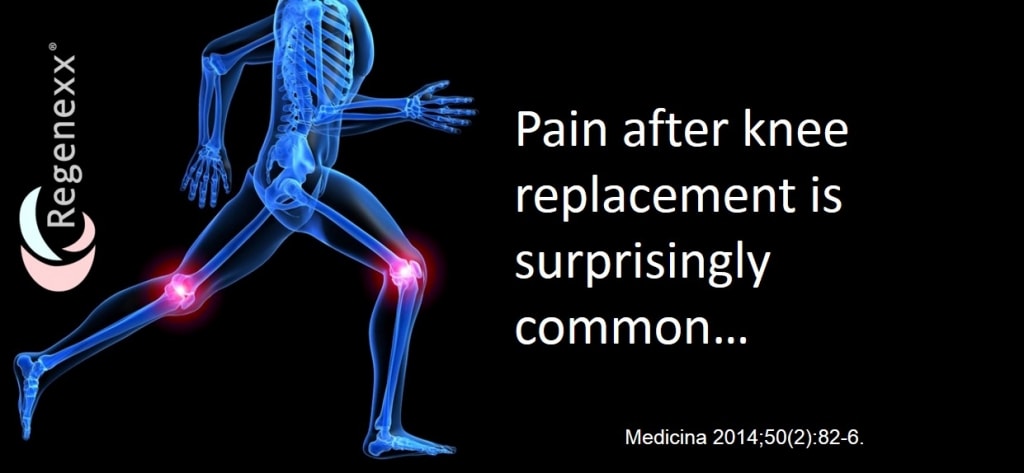Knee Replacement Pain: Why Are We Performing This Surgery?
So you take the leap and get a knee replacement for severe arthritis. This is a huge surgery, so you expect that if you take that risk your knee will be pain free, right? Not so fast. There are a number of new research studies that show that the minority of patients after a knee replacement are pain free. A new study has again shown that more than 50% of patients have ongoing knee replacement pain!
Knee arthritis is a problem whereby the cartilage inside the joint gets worn out and degraded. The bone then reacts (or as a new study shows the bone actually reacts first in arthritis) and begins to deform with bone spurs. In some patients the knee becomes very painful, however in others it doesn’t. This is the conundrum of knee arthritis-you generally can’t tell who hurts by looking at the severity of their x-ray or MRI.
Knee replacement is one option to treat arthritis. However, despite massive increased risks for heart attack and stroke, many patients surprisingly have pain after a knee replacement. For example, the most common pain score after knee replacement in one study was a staggering 5/10! In another study about half of the patients who opted for the knee replacement were still on medications a full year after the surgery. Why would you take this huge risk if you’re not virtually guaranteed that your knee will be without pain? Good question, perhaps these studies were just an anomalies. Maybe more recent studies say other things?
To that end, a new study looked at more than seventeen hundred patients who had knee replacement. The focus was to determine how many would still have pain coming from the front of the knee joint. The researchers found that at 5+ years later, 20% had pain in the front of the knee. However, a whopping 54% of patients still had knee pain with only 46% being pain free. Also interesting was that 87% of patients had their knee pain develop after the surgery and within the first 5 years. In addition, knee pain in the front was more common among younger and more active patients.
The upshot? Most patients who opt for a knee replacement would peg the likelihood that they would be pain free after the surgery at 90% or more. However, this isn’t reality. In fact, many would be astounded to learn that knee pain after knee replacement is common.

NOTE: This blog post provides general information to help the reader better understand regenerative medicine, musculoskeletal health, and related subjects. All content provided in this blog, website, or any linked materials, including text, graphics, images, patient profiles, outcomes, and information, are not intended and should not be considered or used as a substitute for medical advice, diagnosis, or treatment. Please always consult with a professional and certified healthcare provider to discuss if a treatment is right for you.

